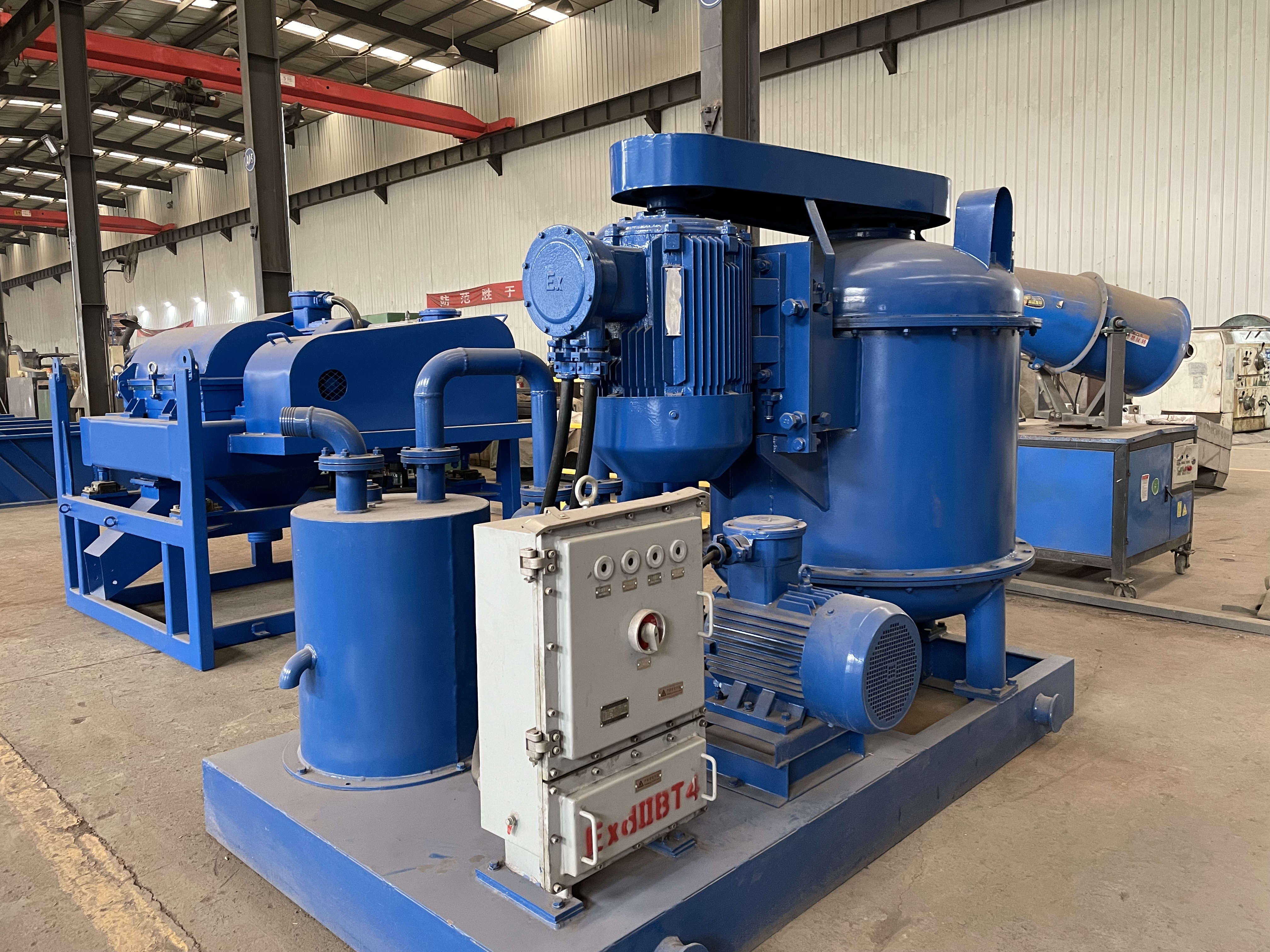A Vacuum Degasser is a critical piece of equipment in industries requiring efficient solid-liquid separation, particularly in oilfield drilling, wastewater treatment,
and industrial sludge processing. By removing dissolved gases (such as methane, hydrogen sulfide, and air) from drilling fluids, slurries, and industrial liquids, vacuum degassers enhance operational safety, improve fluid performance, and prevent equipment corrosion.

KOSUN specializes in high-performance vacuum degassing systems, integrating advanced engineering with eco-friendly solutions for global clients.
How Does a Vacuum Degasser Work?
Vacuum degassers operate on the principle of pressure reduction, creating a low-pressure environment where dissolved gases are extracted from liquids. The process involves:
-
Suction & Intake – Contaminated fluid enters the degasser under vacuum pressure.
-
Gas Separation – Reduced pressure causes dissolved gases to expand and escape.
-
Liquid Purification – Cleaned fluid is discharged for reuse, while extracted gases are safely vented or processed.
This technology is vital in oil & gas drilling, where gas-cut mud can lead to well control issues, pump inefficiency, and safety hazards.
Key Applications of Vacuum Degassers
1. Oilfield & Drilling Operations
-
Removes dangerous gases (H₂S, CH₄) from drilling mud
-
Maintains mud weight stability, preventing blowouts
-
Enhances drilling fluid recyclability, reducing costs
2. Industrial Wastewater Treatment
-
Eliminates volatile organic compounds (VOCs) from wastewater
-
Prevents foaming and cavitation in pumps and pipelines
-
Improves effluent quality for environmental compliance
3. Geothermal & HDD (Horizontal Directional Drilling)
-
Ensures clean drilling fluid for extended equipment life
-
Reduces corrosion and oxidation in drilling systems
4. Sludge & Slurry Processing
-
Optimizes dewatering efficiency in industrial separation
-
Minimizes odor and gas-related hazards







